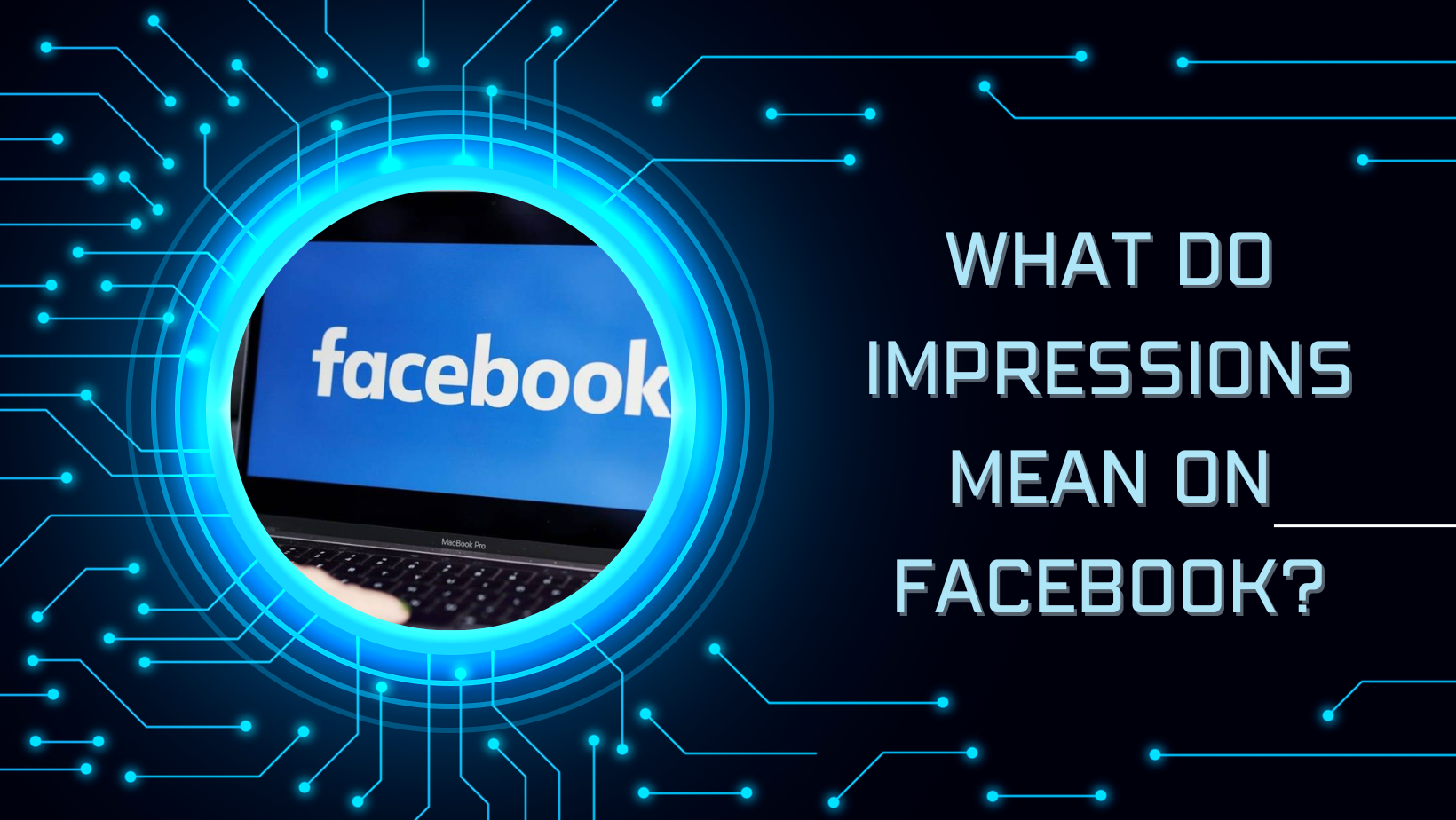What do impressions mean on Facebook? No matter if you are running posts through a personal or business page or running ads through an advertising account. Facebook provides access to an invaluable metric: impressions. Impressions measure the number of times that a post or ad has appeared to users’ screens.
Impressions don’t equal reach; one person could view your post multiple times, yet only counted as one reach.
Reach
Once you start using social media, it can be challenging to keep track of all its metrics. While some are similar, others mean different things on different platforms – it’s essential for marketers to recognize this difference between metrics like reach and impressions; reach measures the total number of unique individuals who saw your post while impressions quantify how frequently an ad was shown to its intended target.
Facebook differentiates its definition of reach from that of other social networks by counting a post as seen when it is displayed on a user’s screen, whether or not they click through. Furthermore, multiple impressions for the same person if they view a post on two devices or times are registered as impressions.
This metric provides a great way to assess how well your content is doing, but doesn’t tell you exactly how many people clicked or interacted with it after seeing it. Furthermore, this measurement doesn’t account for potential ad fraud issues that could skew results and affect accuracy.
Targeted ads offer another method for expanding reach; you can show them only to users who meet certain criteria based on demographics, locations, languages and personal details. Once set up, it allows you to monitor performance of ads and adjust as necessary.
Engagement
When running ads on Facebook, you want to know how many people see your post. In order to do this, it’s essential that you understand the concept of impressions on Facebook – it measures how often your ads show up on users’ screens, whether that be their news feeds or devices such as mobile phones and TV screens – with at least two seconds visible before an impression counts; Facebook detects bot traffic and excludes it from this count.
Facebook posts that have been seen multiple times are considered highly engaging, with each like, reaction, comment and share increasing the reach. Facebook’s algorithm rewards engaging content by showing it to more users; to maximize impressions try creating a campaign objective that prioritizes reach.
Facebook ads allow advertisers to target specific demographics with advertisements that match up perfectly with their target audiences, using served impressions as an indicator. But just because an ad was delivered doesn’t guarantee it will actually be seen; for instance if someone scrolls past an ad before rendering is complete, Facebook will count it as served impression even though no user actually saw it; therefore focusing on viewed impressions may provide more reliable metrics.
Conversions
Facebook is one of the world’s most beloved social media platforms and boasts an enormous user base that makes it ideal for marketers seeking to maximize their advertising ROI. Facebook’s ad platform enables advertisers to target specific demographics, locations, languages and other criteria in order to meet their marketing goals more efficiently. Advertisers can run campaigns budgeted based on clicks or impressions as per their campaign goals.
Impressions are an early-funnel metric used to track exposure of your content. While they’re often confused with Reach, which measures unique users who see your post, Impressions measure non-unique views like when one person views your post three times within their News Feed; that will register three Impressions but only one Reach.
Reach and Impressions can also be divided into organic and paid categories. Organic Reach/Impressions represent how many people saw your content for free while Paid Reach/Impressions indicate how often your ads have been shown on Facebook.
Facebook Ads offer two distinct impressions for advertisers to measure: served and viewed. However, these metrics can often cause confusion for marketers. A served impression occurs when Facebook registers that an ad has been delivered despite not actually being seen – for instance a video ad may appear on someone’s newsfeed but could have been scrolled past before being seen by its intended viewer.
Budget
Measuring impressions on Facebook can provide an effective way of understanding how well your ads are performing, giving an indication of the number of people who have seen your content and helping to determine how much to invest in social media campaigns. It’s essential, though, that reach and impressions be treated separately as they represent two different metrics.
Impressions are counted differently across Facebook, Twitter and Instagram; for instance Facebook counts an impression when an ad is shown to someone on either their computer or mobile device, whereas Twitter and Instagram count impressions when posts appear in a user’s feed – leading to potential confusion over total impressions counted by these platforms.
An individual campaign budget may be charged daily, but it’s important to remember that Facebook may spend more than intended some days. This is due to their algorithm favoring ads it thinks have the highest chance of being seen by your target audience.
Your lifetime budget allows you to set a one-time amount that won’t exceed your campaign spending limit and ensures that our algorithm won’t overspend your budget.

